Mitigating the Impacts of Unconscious Bias
Promoting Social Equity and Inclusion in the Workplace
In today's fast-paced, ever-changing, and competitive business landscape, it is critical for employers to be able to attract quality staff and retain them if they want to ensure a competitive edge. This means creating workplace cultures that prioritise the principles of equity, inclusion, and cohesion rather than considering them as optional objectives.
In the post-Covid era of “quiet quitting”, mass resignations, and the ever-increasing options available to generate income and build businesses open to us all, ensuring that employers have a responsive and socially responsible strategy is not just a “nice to have” but an absolute necessity if we want to create an attractive workplace culture.
Understanding and addressing Unconscious Bias is one aspect of achieving this goal of social equity and genuine inclusion, and it is also a necessary component of a comprehensive Diversity and Inclusion strategy.
Unconscious Bias, is an innate form of bias that operates beneath our conscious awareness and can hinder our ability to create an equitable workplace and retain quality talent. This article aims to provide further insights into the intricacies of Unconscious Bias, its impact on attracting and retaining quality staff, and strategies to foster social equity and inclusion.
Understanding Unconscious Bias
Unconscious Bias, also known as implicit bias, refers to the automatic and unconscious mental processes that shape our unexamined perceptions and assessments of others and the world around us. In order to recognise and address unconscious bias effectively, it is essential to first differentiate it from prejudice, which involves conscious beliefs or stereotypes.
Unconscious Bias operates at a subconscious level, affecting our decision-making processes and subtly influencing our choices and judgments about others. Prejudice is the more overt or even subtle expression of mistrust, dislike, or aversion toward others.
While unconscious bias is unintentional and invisible even to our own introspection and self-reflection, prejudice is more conscious and obvious to ourselves and others, even when we try to mask it. Although unconscious bias and prejudice are different things, they both impact workplace equity and social equity, and they are not mutually exclusive. Unconscious bias and prejudice can exist concurrently and overlap, and both require unique strategies to mitigate.
How Bias Forms
Unconscious biases are formed as a result of societal stereotypes that are repeated in the media content that we consume. This includes everything from advertising and commercials, television, film and media, arts and literature, children’s books, pamphlets, billboards, and bus stops.
Our ability to recognise patterns in the natural world and unconsciously base assumptions and auto-responses on them, which once helped progress our societies, sciences and civilisations, is now a hindrance to social cohesion because of the falsified fictional narratives, types of representation and even the lack of representation perpetuated in human-made media.
The same mental capacity and unconscious mechanism that helped us understand the natural seasons, navigate by the stars, and uncover the healing or harmful effects of plants, is now the cause of unconscious bias due to these patterns and narratives that we see repeated in the various forms of media that we consume. The images, concepts, and stereotypes that we see repeated over and again eventually cause certain images and words, people and sentiments, to be more easily connected through the synapses of the brain.
Consider how the word “terrorist” will immediately conjure up a person of a certain ethnicity, while “freedom fighter” is more likely to trigger a very different image. Or perhaps let us ask ourselves why the word “nurse” will generally be associated with the image of an adult female rather than a male. These “easier associations” are examples of unconscious associations that eventually influence who we think will make a better leader, who is likely to be a “better fit”, and who is more likely to be a honest or reliable.
It's important to note that unconscious bias is not limited to any specific group or individual. Everyone, regardless of their background or intentions, has the potential to harbour unconscious biases and they are all formed by the same media content that we consume and are subjected to.
These biases can affect many groups and various aspects of the workplace, including hiring decisions, promotions, performance evaluations, promotable task allocation, and even daily interactions among colleagues, managers, and leaders.
Other Forms of Unconscious Bias
Affinity Bias: This bias occurs when people favour others who share similar characteristics or backgrounds with them, such as ethnicity, gender, educational background, or hobbies. It can lead to the formation of exclusive cliques and hinder diversity and inclusion efforts. It is common for us to be able to relate to or connect with someone with whom we share certain traits or identity markers, but this does not necessarily mean that person is better qualified for the role, promotion or opportunity.
Confirmation Bias: This bias involves seeking out or interpreting information in a way that confirms preexisting beliefs or stereotypes. It can lead to the exclusion of alternative viewpoints and hinder objective decision-making. When affinity bias and confirmation bias are both active, we may be more susceptible to believing positive or negative information about someone (Confirmation Bias) based on a pre-existing perception (Unconscious Bias). These subtle biases can compound and create additional barriers for marginalised or underrepresented groups in the context of performance review, promotions and even complaint handling.
Availability Bias: This bias occurs when individuals rely heavily on readily available information or examples that come to mind easily. It can lead to the overgeneralization of certain experiences or situations and impact decision-making processes. Availability bias can affect both the information that we consider when making a decision as well as the selection of staff for opportunities that are more “visible”, extroverted, or likely to be more comfortable with self-selecting.
The Impact of Unconscious Bias
Unconscious Bias can have far-reaching effects on the workforce composition and dynamics. Over the past 20 years, the demographics of the workforce have significantly changed, with increased diversity in terms of race, ethnicity, gender, age, sexuality and cultural idenity. However, unconscious bias can hinder the full participation and advancement of individuals from non-homogenous backgrounds. This leads to the underrepresentation of marginalised groups in leadership positions, limited opportunities for career development, and decreased job satisfaction. By confronting and mitigating unconscious bias, organizations can break down these barriers and create a more inclusive and diverse workforce.
Beyond the obvious impacts that affect the talent management processes, there are a range of other more personal impacts on employees that accumulate over the years to eventually impact the organisation as well.
Employees are becoming more and more aware of the prevalence of unconscious bias and other barriers to their career progression, and this awareness begins to affect their mental and emotional well-being as well as their ability to contribute to their fullest.
When unconscious bias affects everyday decisions and interactions in the workplace, and employees begin to notice and connect the dots with regard to overlooked promotions, leadership representation, disparate treatment of staff and the mismanagement of complaints and microaggressions, this will all begin to take a toll on a range of other health and business outcomes.
When it begins to look like the effects of unconscious bias and career stagnation are being felt by only certain groups, the physical and emotional health impacts and financial aspects of marginalisation begin to accumulate and lead to conversations around sexual discrimination, systemic racism, marginalisation experienced by those groups.
Strategies to Identify and Mitigate Unconscious Bias
Effectively addressing Unconscious Bias requires a comprehensive and systematic approach. Organizations can benefit from partnering with professionals who specialize in Diversity, Equity, and Inclusion (DE&I) to implement targeted strategies that meet their specific needs and context.
These strategies may include:
Unconscious Bias Training: Providing comprehensive training programs that raise awareness about Unconscious Bias, how it works, its impact on decision-making, and strategies to mitigate bias in everyday interactions.
Promoting Diversity and Inclusion: Actively promoting diversity and inclusion through targeted recruitment efforts, inclusive policies and practices, and creating a supportive and inclusive work culture that values, respects and protects diverse perspectives.
Fair Recruitment and Evaluation Processes: Implementing structured, quantitative, and standardised recruitment and evaluation processes to minimize the influence of unconscious bias and ensure equitable opportunities for all candidates and employees.
Individual Self-Reflection and Continuous Learning: Encouraging individuals to engage in self-reflection, recognise their own biases and or prejudices, and commit to ongoing personal development and learning to actively challenge and mitigate their biases.
Regular Evaluation and Accountability: Regularly evaluating organisational practices and policies to identify and address potential bias is crucial. It’s also crucial that we hold individuals accountable for their actions and ensure that biases in recruitment and promotion practices are not tolerated.
By acknowledging and actively working to address unconscious bias, organizations can foster a more inclusive and equitable workplace where all employees have equal opportunities to succeed and contribute their unique perspectives and talents.
Mitigating Unconscious Bias is not just a moral imperative but also a strategic advantage for organisations striving to create a fair and inclusive work environment. By proactively addressing unconscious bias, employers can attract and retain quality staff, leverage the diverse perspectives and talents of their workforce, and drive innovation and performance.
Employees, governing bodies, and the general public are all increasingly expecting employers that a positive duty approach to fostering inclusive workplaces that ensure social equity, eliminate barriers to inclusion, and provide equal opportunities for all. And understanding and addressing unconscious bias is a critical component of any effective strategy.





